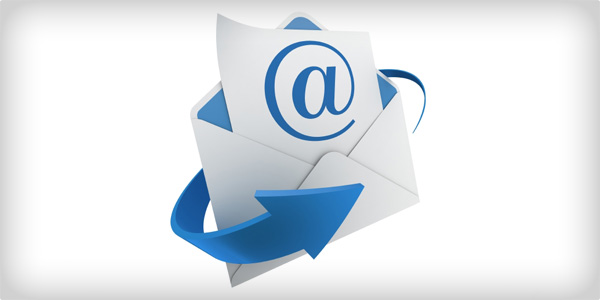What is content marketing all about? Most of us would say “Content, obviously.”
At it’s core, it’s true that content marketing is all about the content. But to simply leave the answer there would be to leave out all of the nuances that a good content marketing program should entail. When you’re creating your content, are you thinking about its specific purpose as it ties into your overall marketing strategy?
Different types of content serve different purposes. For example, a blog post could be used as part of a lead generation marketing effort or for demand generation, depending on how it’s created and the reason for which it’s created. Understanding this distinction is crucial if you want each piece of content to achieve a measurable marketing goal or objective.
The difference between lead generation and demand generation
Lead generation and demand generation are often spoken of as if they are the same thing, but the truth is that they are two different processes with completely different goals. The Content Marketing Institute defines the two in the following way:
- Lead generation is the process of getting an audience to submit their registration information – usually an email address or phone number – in exchange for the content you provide. The goal here is a build a database of contacts that a sales team can reach out to and move the lead through the sales funnel.
- Demand generation is the process of drumming up demand for your products or services by providing relevant and interesting content. The aim of demand generation is to get people interested in what you offer and warm them up to the idea of eventually looking deeper into your offerings.
In other words, demand generation shapes perception, and lead generation is a data-gathering machine. This is why you can’t just have one content plan. Each individual piece of content should be trying to do one or the other, not both at once. You have to distinguish lead-generating content from demand-generating content and craft each one accordingly.
 Before creating content, you should decide if it’s for lead generation or demand generation to make sure it has a well-defined goal.
Before creating content, you should decide if it’s for lead generation or demand generation to make sure it has a well-defined goal.What does lead-generating content look like?
Lead generation is all about getting people to give you their contact information, meaning the content in this sphere will be gated. Hootsuite explained that you start your lead gen by casting a wide net through your social media and other channels that will drive visitors to a landing page where they can fill out a contact info form.
Generally, the content you offer here will be longform – ebooks, whitepapers, reports, webinars, etc. The reason for offering more in-depth content is simple: No one is going to give you his or her contact information for something they could get on your blog for free. Essentially, by putting your content behind a gate, you can find out who your real audience is and who’s just a passing visitor.
This is the kind of stuff that goes into more detail about what it is you can do for your customer, which is vital if they’ve just become a lead. If someone was willing to give your their contact information, they’re likely to be more interested in what you do and will eventually want to hear from you. This content should get your leads primed for a sales call or email.
Remember: If you’re starting a lead gen campaign, be sure to have some sort of lead management system in place, such as Salesforce or Marketo. You don’t want to create all that content only to lose your leads in the funnel.
What does demand-generating content look like?
Content that drives demand is geared toward positioning your business as a leader in your field and raising general awareness. As the Content Marketing Institute put it, you’re working to enhance your audience’s perception of your category as your individual products and services.
“You’ve probably gathered that lead generation and demand generation, while different, are not mutually exclusive concepts.”
This content is generally more readily accessible – videos, blog posts, and other easily digestible formats for your messaging. Generally speaking, content made with the goal of generating demand is made to be shared as much as possible.
Demand generation isn’t about the quick wins. You’re creating a cache of material that will spread the word of your business gradually while building up links and social shares for SEO purposes.
Putting it all together
By now, you’ve probably gathered that lead generation and demand generation, while different, are not mutually exclusive concepts. To put together a comprehensive content marketing strategy, you need to have both types of content working with one another. If you’re not sure where to start, figure out what your business needs most – a bigger audience or more qualified leads – and start there.
Your demand-generating content is all about casting that wide net that gets as many eyeballs as possible on your branded content. Out of that total audience, you’ll use your lead-generating content to start weeding out the people who are only somewhat interested in you so you can find the people who could really use what you’re offering.
Has your content marketing strategy made the distinction between lead generation and demand generation, or do you need to change it to make sure you’re hitting on both of these kinds of content?
- 5 Reasons Why Cloud Solutions are Essential for Small Business - February 4, 2024
- How to Migrate Your Business to the Cloud in 7 Steps - June 16, 2021
- How Beacon Technology is Revolutionizing Business and Marketing - March 18, 2021


